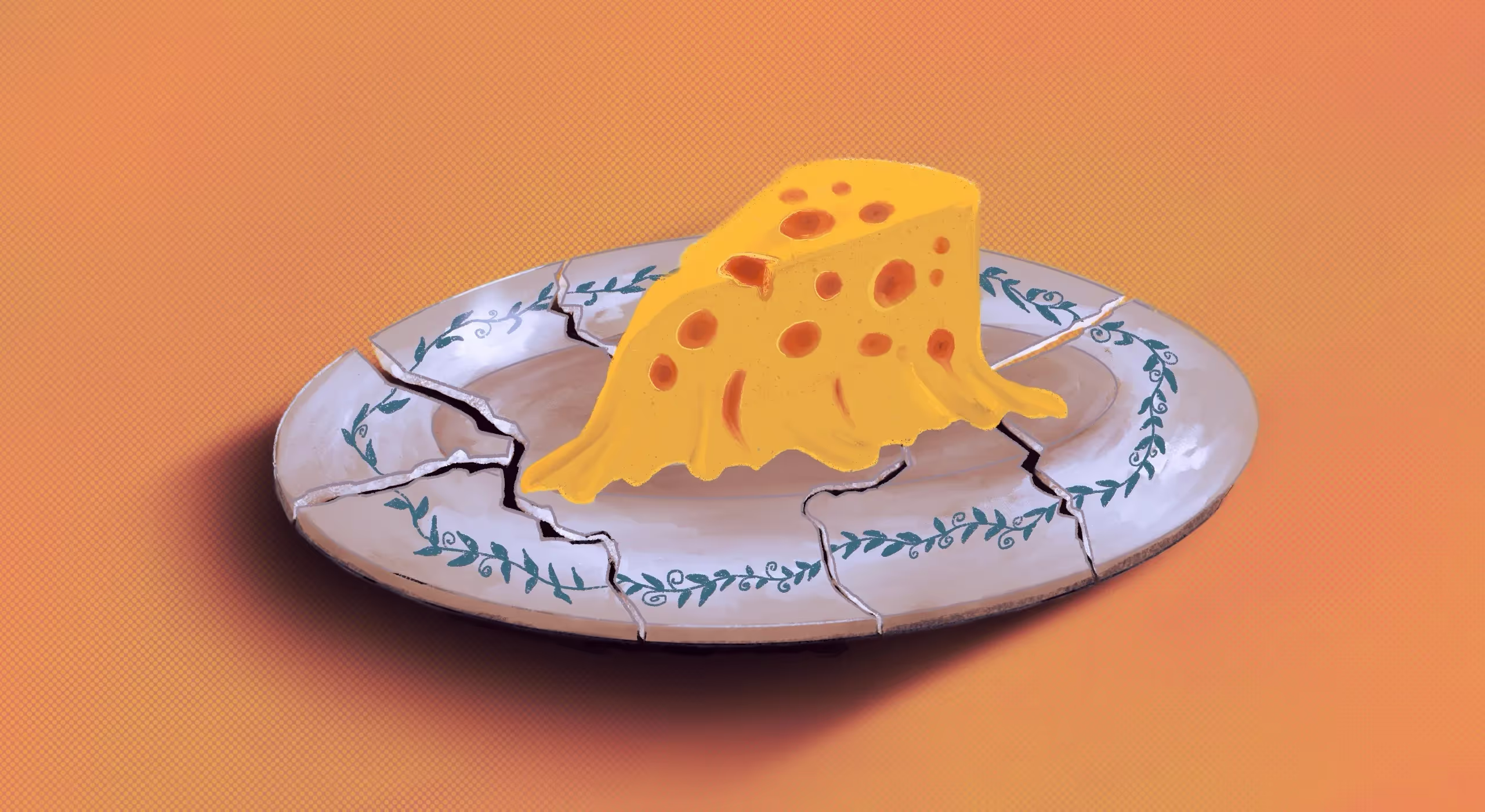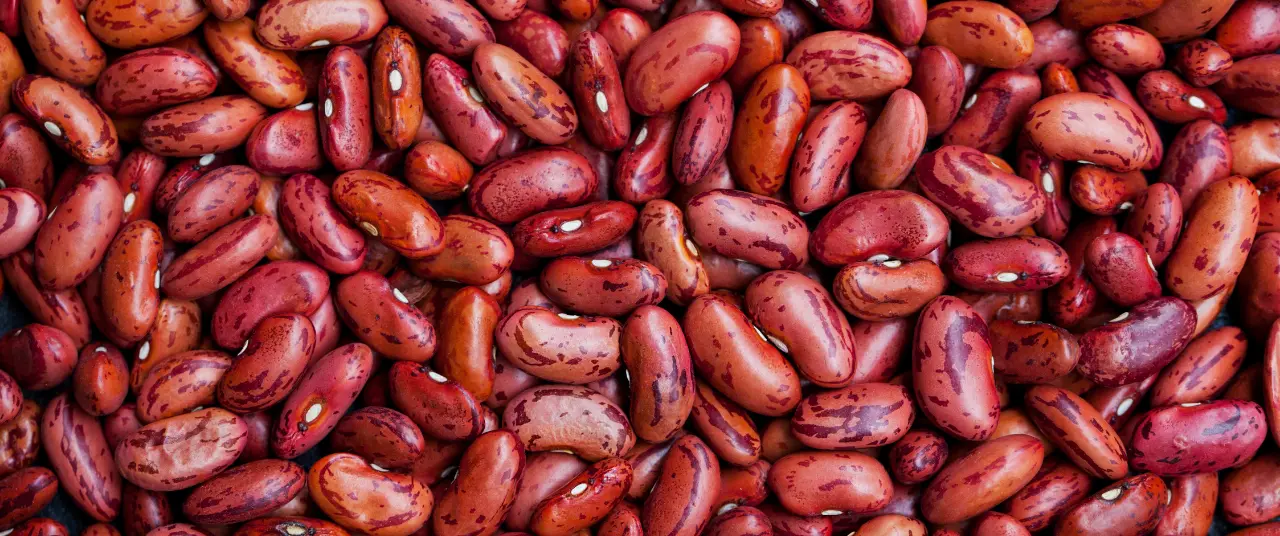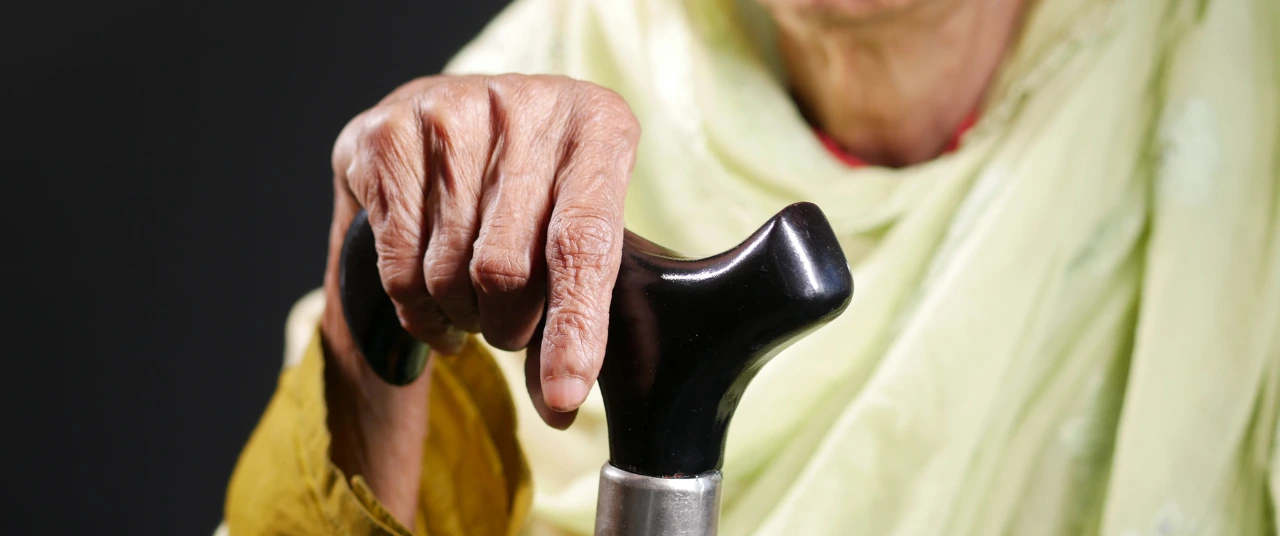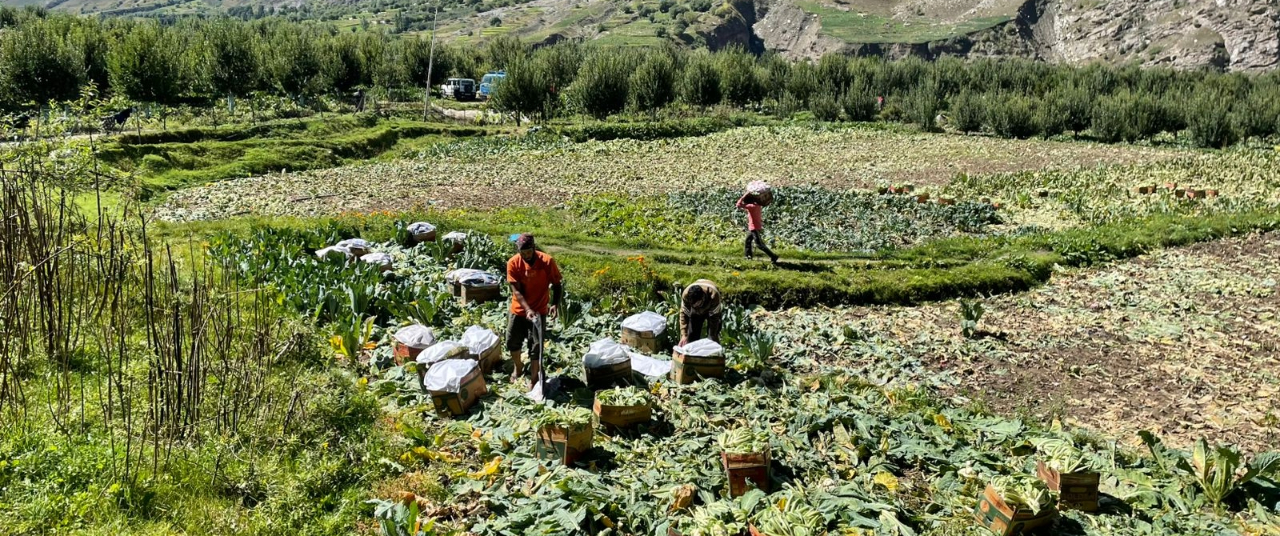Challenges of production and shipping, coupled with cattle health, pose threats to the artisanal cheese segment






Clad in a white apron and hairnet, Benny Ernst, manager of La Ferme Cheese in Auroville, Pondicherry, is inside the processing room of his fromagerie, draining the freshly made curd with the help of his team. He has been here for the last 24 years making artisanal cheese and supplying the residents of the Union Territory. His small set-up makes Cheddar, Gruyere, Parmesan, and some other hard cheeses throughout the year. While in his two-and-a-half decades in India, he has observed a growing fondness for cheese, climate change is making it harder for him to keep up with the demand.
According to an analysis by IMARC Group — a global management consulting firm — the size of the cheese market (both processed and artisanal) in India reached ₹107.54 billion in 2024 and is expected to reach ₹593.47 billion by 2033, exhibiting a growth rate (CAGR) of 19.86% from 2025 to 2033.
According to Team Dairy Experts, a Pune-based organisation that provides consultations for dairy management, India’s cheese production (both processed and artisanal), which stood at 10,000 metric tonnes (mt) in 2010, rose to 70,000 mt in 2023. This has been attributed to several factors, like increased disposable income, e-commerce, and increased preference for international cuisines.
Also read: How artisanal cheese is saving traditional herders
The last two decades have seen a sudden rise in fromageries in India, from Uttarakhand’s Darima Farms in Mukteshwar, Uttarakhand to Acres Wild in Coonoor, Tamil Nadu.
But climate change is already challenging this fledgling industry. As temperatures rise, everything from the availability of cow feed to the quality of milk, the maturation of cheese, and its shipping is affected.
Rising cost of production
Over the last few years, Ernst has seen a spike in his electricity bills. His cold room, where the cheese matures year-round, is air-conditioned to mimic the climatic conditions of European cheese caves, where the natural temperature is below -10°C to -12°C. This allows for the maturing of cheese without the need for artificial cooling.
But Ernst has observed that power consumption for cooling has increased in the last few years as global temperatures soar.

“The cold room needs a temperature below -8°C, which is impossible without air conditioning in India. So, it is a given that as the outside temperature increases, more and more electricity will be needed to maintain this temperature, which might affect the prices, too. So far, we have not raised the prices, but if the bills keep going up, we will have no option in order to stay in business,” Ernst says.
This particular summer of 2024 was terrible. We experienced a hike of around 30% in our electricity bills for the production and cold storage.
Brothers Prateeksh and Agnay Mehra, founders of The Spotted Cow Fromagerie in Mumbai, established in 2015, have also found that their power consumption in the summer of 2024 was at an all-time high. “This particular summer of 2024 was terrible. We experienced a hike of around 30% in our electricity bills for the production and cold storage,” Prateeksh says. He adds that the entire milk supply chain was affected in the summers, leading to higher production costs.
The maturation of cheese has always been a challenge familiar to cheesemakers, but rising temperatures are now exacerbating other issues in India’s dairy industry. A shortage of fodder for milch cattle, difficulties in transporting milk from dairy farms, and challenges in shipping the finished product are becoming significant threats—challenges that are only expected to intensify if global temperatures continue to rise.
From January to September 2024, the global mean surface air temperature was 1.54°C above the pre-industrial average, surpassing the 1.5°C threshold set by the Intergovernmental Panel on Climate Change (IPCC). This increase has already profoundly impacted the dairy industry, leading to food shortages, higher prices, and losses for the livestock-agriculture sector worldwide, Dr Abhinav Gaurav, Advisor for Livestock Management at the Environmental Defence Fund, told Good Food Movement. For India’s cheesemakers, these changing conditions pose fresh obstacles in an already delicate process.

A 2022 study published in the Journal of Dairy Research titled “Economic losses in dairy farms due to heat stress in sub-tropics: evidence from North Indian Plains” states, “Heat stress in dairy animals entails significant economic costs for regions located in either temperate or tropical climatic zones. The losses arise from a decline in milk yield, reduced reproductive rates, and worsening of milk composition, which results in a significant financial burden to the dairy industry.”
According to estimates in a research report in The Lancet, the milk production losses in India will be up to 25% by 2085. According to another study conducted by the Indian Grassland and Fodder Research Institute (IGFRI), projected milk production losses because of heat stress in the northern plains of India will be around 629 thousand tonnes by 2039 and in economic terms, these losses would be around ₹2,100 crore annually.
“We are not a very large setup, but in the summers, even we have to either scale down production or buy more milk, so we lose money. So far, we have managed to get by without a price rise, but if the temperatures keep rising, we will increase our prices as we also have to pay the farmers and pay salaries to the staff to keep up the production,” Ernst explains.
Also read: Heatwaves cast shadow on India's food future
Compromised cattle health
In the dairy industry, the Temperature Heat Index (THI) (a composite value) indicates the level of thermal comfort or thermal stress in dairy cattle. As the atmospheric temperature and humidity rise, the THI value increases, and the animal starts experiencing heat stress, which is manifested through various physiological expressions.
One of the indicators or physiological manifestations of dairy cattle experiencing heat stress is the animal going off feed, reduced milk production and altered milk composition. The lactating animals (cattle) and buffaloes experience more heat stress than the rest. During extreme summer and early monsoon months, it results in heat stress-induced production losses.
The THI value from July to September 2024 throughout the day (and night) remained above the ideal 72, where animals remain in thermal comfort. Beyond THI 72, they start experiencing thermal stress, resulting in loss of milk production and compromised health and well-being.
“One of the indicators or physiological manifestations of dairy cattle experiencing heat stress is the animal going off feed, reduced milk production and altered milk composition. The lactating animals (cattle) and buffaloes experience more heat stress than the rest. During extreme summer and early monsoon months, it results in heat stress-induced production losses,” Gaurav says.
Grass and fodder shortage
Ernst and Prateeksh Mehra further highlight the problem of fodder shortage in summer, which leads to a spike in prices. This means shelling out higher sums of money to procure milk and an added production cost.
When there is a shortage of fodder and grass, the prices go up, and if the farmers substitute it by increasing the quantity of dry grass, the quality of the milk deteriorates. In the last few years, fodder prices have increased to over ₹2,500 per quintal in various states like Maharashtra, as fodder production has also suffered due to climate change.
Gaurav adds that raised temperatures and increased humidity decrease milk production by 20-30%, with losses being more pronounced in small-holder farming systems and buffalo farms—both of which form the milk supply backbone of the artisanal cheese industry in India.
{{quiz}}
“The associated effects of heat stress is on the physicochemical properties and composition of raw milk which includes decrease in milk protein, lower casein content, lower level of fat and changes in the fatty acid profile. This altered milk composition, especially the lower milk protein and fat percentage, has a pronounced impact on the quality and taste of artisanal cheese,” he says.
Mehra corroborates the claim. “To keep up our production, we had to buy more milk to produce the same quantity of cheese. While it was an added expense at our end, as we could not increase the prices of cheese for just one season in 2024 as we are on a rate contract,” he says.
A laundry list of challenges
Chris Zandee, owner of the company Himalayan Products based in Kashmir, which makes a type of artisanal cheese, points to the irony of the growth of the artisanal cheese industry in India. “India is not naturally a cheese-producing country as cheese is not a tropical food; manufacturing cheese with the help of cold-rooms and these cold-supply chains and shipping it for long distances leads to a higher carbon footprint. It is kind of hypocritical,” he says with a laugh.
Zandee adds that while his cheese cave is air-conditioned, the AC is only used in emergencies as the 2-foot-thick walls naturally maintain the temperature around 15°C.
“I make Indian cheeses like kalari and some European ones like gruyere, gouda, cheddar, feta and mozzarella, and ship Pan-India. Most of these are salted so that they have a longer shelf life. Soft French cheeses need a far lower temperature and special dedicated rooms, and they do not ship well, so we do not make those,” Zandee says.
Indian cheese-makers also face the challenge of shipping cheese. To ensure a Pan-India supply, they have to ship the cheese in insulated boxes with packs of dry ice to prevent spoilage. Rising temperatures will make shipping cheese harder, requiring better cooling and faster deliveries.“The thermal boxes we use maintain cooling for up to 48 hours, but if there are further delays, it does get affected. So, if temperatures rise, we will need more effective packaging methods that make cooling last longer. Besides, I am forced to point out that shipping cheese via air or road also adds to the emissions,” Zandee explains.
While this budding industry in India is already suffering, traditional cheese producing countries like Italy, France and Switzerland are also facing the brunt of global warming. Cheesemakers are demanding relaxation of rules for their cheeses to qualify under the Appellation d’Origine Protégée or AOP—or Protected Designation of Origin (PDO)—standards, which are standards of quality to ensure the best possible cheeses get the certification. The certificates of these standards are granted to just 46 out of 100 cheeses in France as the rules are very hard to follow, and climate change is making it even harder for cheesemakers to adhere to the traditional methods.
Also read: How chocolate makers are coping with a cocoa crunch
“The production of cheese and its quality will definitely be affected if temperatures keep rising like this. So, yes, it is a big possibility that many small set-ups may go out of business and the bigger ones increase the prices. The future of artisanal cheese in India is uncertain,” Ernst says.
Explore other topics
References




.webp)





